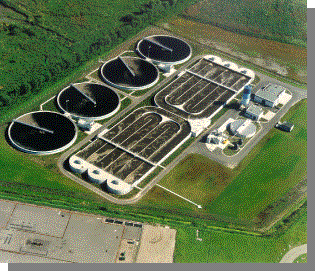

The Water Allocation System (WAS) allows for the evaluation of alternative strategies for socially and environmentally sustainable development of water resources. Standard approaches to water management do not typically treat water as an economic good, where WAS explicitly includes the fact that the quantity of water demanded varies with price. In addition, WAS goes further than including strictly market-based economics by allowing for the incorporation of policies that reflect the social and environmental importance of water. These policies can be in the form of subsidies, price policies, and either maximum or minimum quantities to be provided to certain users or for environmental purposes. WAS finds the optimal allocation of water resources by maximizing net social welfare for a region. Net social welfare is a measure of direct and indirect social gains from the use of water. All costs are accounted for in the solution of the tool. One of the results from the tool is the value of water for each water source in various locations in the area. The value of water should be understood to be the social and economic value that contributes to social welfare. This value should not be confused with water prices charged to consumers, which may be set independently. The values determined by the tool can be used to assess infrastructure investment, which may include water treatment, the capacity of plants and water conveyance systems. WAS could find water management strategies that would otherwise go undiscovered, as direct, indirect, and system-wide effects are accounted for.
Main Page | Introduction | WAS | AGSM | Conflict Resolution | CRA